The days when Sunderland had 268 sweet shops, 85 fish and chip shops and 115 off licences
and live on Freeview channel 276
Did you know that there were 268 confectioners on Wearside in 1939 and 146 pubs.
Today, with the help of Sunderland Antiquarian Society, we look at Wearside in numbers as it got ready for war.
Advertisement
Hide AdAdvertisement
Hide AdAt the start of that year, Sunderland had 146 public houses, 115 off licenses and 40 tobacconists so there was plenty of scope to spend any available income on drink and tobacco.
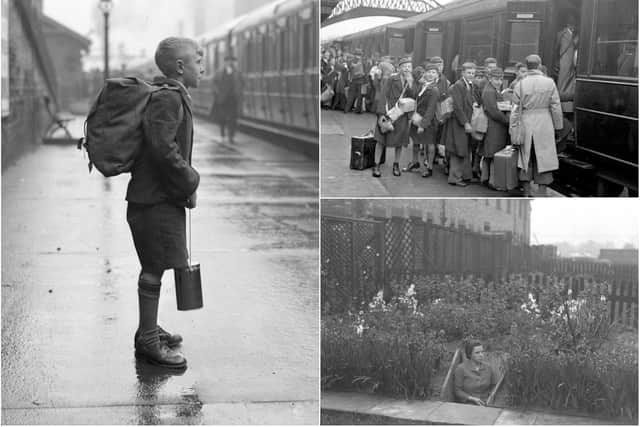

There were 25 pawnbrokers, 330 grocers, 168 butchers, 22 pork butchers, 114 fruiterers and 85 fish and chip shops open to ensure that Wearsiders didn’t starve – provided they had the money, of course.
Anyone with a sweet tooth was well catered for with 268 confectioners in the town and a selection of 23 ironmongery and hardware shops would supply anything from a poss stick to fly paper.
Coal or coke for the fire could be bought by the bucket from countless corner shops, or provided by the hundredweight by 15 coal merchants. There were also 14 chimney sweeps to remove the soot that accumulated from the fires.
Advertisement
Hide AdAdvertisement
Hide AdThere were 23 professors in the town who were willing to teach anyone the art of music or dancing and over a hundred shoe shops and cobblers to repair the shoes when dancing lessons were over. To ensure there wasn’t a hair out of place there were over 100 barbers and hairdressers with scissors at the ready.
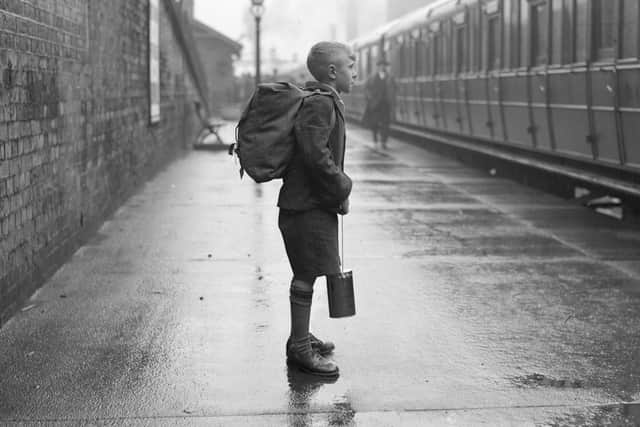

Horses weren’t forgotten in Sunderland as there were 3 saddlers and harness makers. There were also average adjusters, artificial stone makers, carpet beaters, chronometer makers, cork merchants, ice merchants, Italian warehousemen, lifebelt makers and hat makers to tend to your needs.
For pills, medicines or potions you could visit any of the 40 chemists in the district as well as 6 herbalists ready to advise you.
Any of a dozen local boarding houses would supply bed and breakfast for a few shillings and if you didn’t mind sharing a room with others, there were five registered lodging houses charging just a few pennies a night for bed only.
Advertisement
Hide AdAdvertisement
Hide AdBut war was on the way. Late in January 1939, a booklet was issued by the Government listing the various part or full time occupations which would be classified as reserve in the event of a war. This was interpreted as another step towards conflict with Germany as gas masks had already been issued five months before and the ARP had been mobilized.
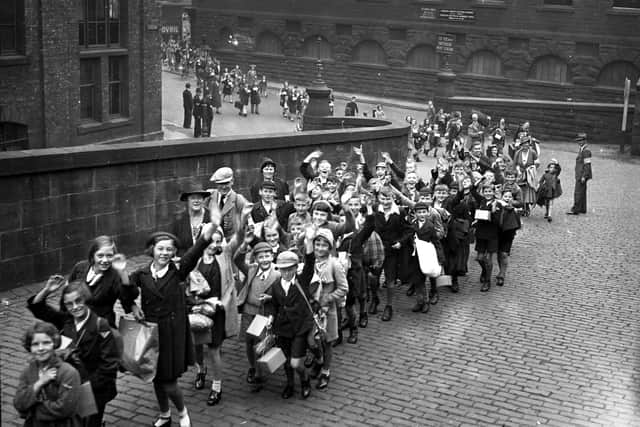

Two months later, large gas helmets for toddlers were issued. The baby was to be placed inside of the contraption and air pumped in by an attached hand pump.
In July, Wearsiders were again overtaken by the clouds of war when a plan was drafted to evacuate thousands of local children to places of safety in the country where enemy bombing was unlikely to take place.
A trial blackout was held on 9th August and everyone began in earnest to prepare for the war that seemed to be looming every nearer. Sales of black paint boomed and black cloth was sold in enormous quantities. Sticky brown paper was also at a premium and eventually most domestic and shop windows were criss-crossed with brown strips of paper as a precaution against flying glass in the event of a bomb blast.
Advertisement
Hide AdAdvertisement
Hide AdTrain and bus windows were painted with dark paint ready for the dreaded total blackouts. The ARP headquarters in Thornholme Road were manned day and night and the Sunderland Emergency Committee directed the immediate employment of a thousand men to commence the digging of trench shelters in the local parks.
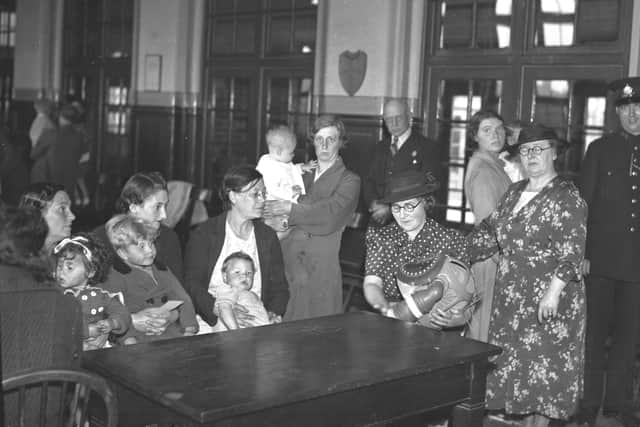

On 31st August all able-bodied men of 20 and 21 years of age were conscripted into the armed forces and the men of Sunderland and district were not slow in answering the call. Events occurred quickly after this and on the following day Germany invaded Poland; a national blackout was ordered from midnight and at that time the Town Hall clock in Fawcett Street chimed for the last time in many years.
The Sunderland Echo published a list of shelters which were available in the event of an air raid including one at Roker Park football ground which was capable of accommodating 1000 people.
Monday, September 11 was a sad day for local families when 8000 children left Wearside in twenty special trains for evacuation to safe rural areas on County Durham and Yorkshire.
Advertisement
Hide AdAdvertisement
Hide Ad16,000 pupils had been provided for, but only half of these were present when the trains pulled out of local stations, watched by tearful parents and relatives.
At midnight on September 22, petrol rationing commenced and residents owning cars or motor cycles hurried off to petrol stations to fill their petrol tanks for the last time for a long, long while.
Rationing was governed by the horsepower of the vehicle.
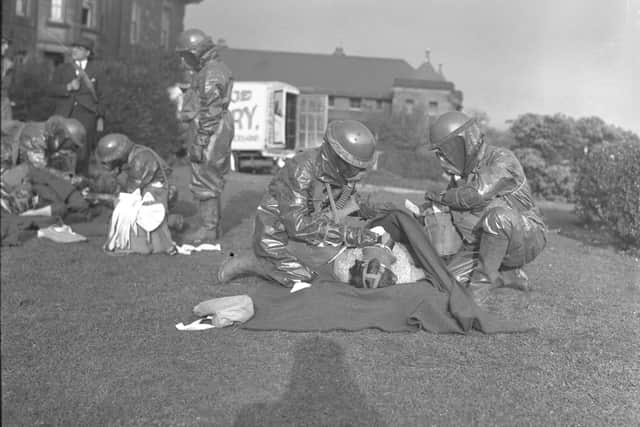

Owners of small cars were limited to coupons entitling them to four gallons per month and if a car was twenty horsepower or more then 10 gallons a month were allocated.
When December came, two Christmas excursions left Sunderland to visit evacuees in the North and East Ridings of Yorkshire. Five hundred parents and relatives took the opportunity to see at first-hand how the children were bearing up to the enforced separation. The most popular song ‘There’ll Always be an England’ almost became a National Anthem.
Advertisement
Hide AdAdvertisement
Hide AdThe year 1939 had come to an end and Wearsiders were apprehensive but ready for whatever was to come their way in the new decade.
Our thanks go once again to Sunderland Antiquarian Society.
To find out more about the history of Sunderland, visit the Antiquarian Society’s Facebook page or its website at http://www.sunderland-antiquarians.org
